High heels provide the perfect boost of confidence when we want to match them with our outfit for girls’ night out, look taller for that super hot date, or look like a Girl Boss in that big meeting at the office. Why is it, however, that my cutest pair of heels are also the most uncomfortable?!
How far are we willing to go for the price of beauty when it comes to pain and discomfort? Well, I learned the hard way during my birthday celebrations last month when I spent a few too many hours standing in my 4-inch stilettos at LP Rooftop in LA. 😉
The next morning, I woke up and went to Pilates, but shortly after class my Achilles tendon started feeling very stiff and uncomfortable. I’ve sprained my ankle before and have had tight Achilles and calf muscles that have put me out of commission in the past, so the discomfort was a familiar feeling. L Nonetheless, I still took off a week from working out my legs and really focused on stretching and massaging my calf and Achilles tendon to loosen the knots and stiffness that developed from wearing my heels for too long. And, when it comes to Achilles and calves, I love using a rolling pin from the kitchen to really get in there work on the knots.
Okay… So, what’s so bad about high heels?
For starters, heels increase the amount of pressure on the balls of your feet. The higher the heels you wear, the greater the pressure on your feet, which also affects how you walk. As a result of your hips and spine pushing forward to maintain balance, your lower body muscles become tense, which leads to fatigue, strain, cramps and spasms due to compressed nerves. Heels also place extra pressure on your knees and can contribute to displacement of the spine, resulting in overuse of muscles and back pain.
Regular walking in heels also causes your Achilles tendons to stiffen, which can make it difficult to walk even when wearing flats. (You know that feeling when you first take off your heels?) Your ankles also bend forward, which restrict circulation and may eventually lead to those dreaded spider veins. In short, super high heels affect your stride, making your steps shorter and more forceful, causing muscle strain and tiredness.
Do I have to stop wearing heels?
Asking anyone to swear off high heels for the rest of her life is next to impossible, but you can try following a few recommendations that will ease the wear and tear on your feet and decrease the negative effects of wearing heels!
- Don’t wear heels for long periods of time. For one, I definitely need to practice what I preach when it comes to this….standing and enjoying a few drinks for 5 hours is way too long! Give your body a break by switching up the shoes you wear.
If you’re going to be spending the entire night in heels, opt for some comfy flats the next day to give your feet a rest. And, if you can pack sandals or flats with you, in case you want to switch out of your heels. Try not to wear heels more than two days in a row, especially if you’re wearing super high ones that are more than four inches tall.
- Avoid pointed toe styles. Shoes that squeeze your toes into a point and cause repeated friction have a tendency to create calluses and corns, which are those painful and unattractive thickened patches of skin on the sides and bottoms of feet. Always choose heels that give you more toe room, especially if you have bunions, like me (from years of dance!). This brings me to my next point.
- Buy the right size. Too often, ladies buy the wrong shoe size. Maybe it’s because you want your feet to look smaller, or they ran out of your exact size so you decided to order one size down. You should aim to allow up to half an inch of space between your big toe and the shoe, to prevent them from rubbing against each other and causing more discomfort and pain. When in doubt, order a half size up. You can also take your heels to the shoe repair store and have them stretched out if they are too small.
- Add gel insoles. Dr. Scholl’s sells high heel insoles with arch shaping that stick to your shoes and help keep pressure off your feet. There’s even a cushion designed to hold the ball of your foot in place, if your toes are constantly sliding forward. Make sure to replace soles every six months, or when they start to show signs of wear.
- Stretch before and after. Just as you would stretch before and after a workout, give your legs and ankles a nice stretch before putting your heels on. Strengthening and stretching your leg muscles properly may help alleviate pain and prevent damage that high heels can cause. Honestly, just take a few minutes to stretch Strong Girl! You’ll thank yourself later!
Do you have any other tips or tricks when it comes to wearing high heels and alleviating pain, discomfort and possible injury? Comment below! xo

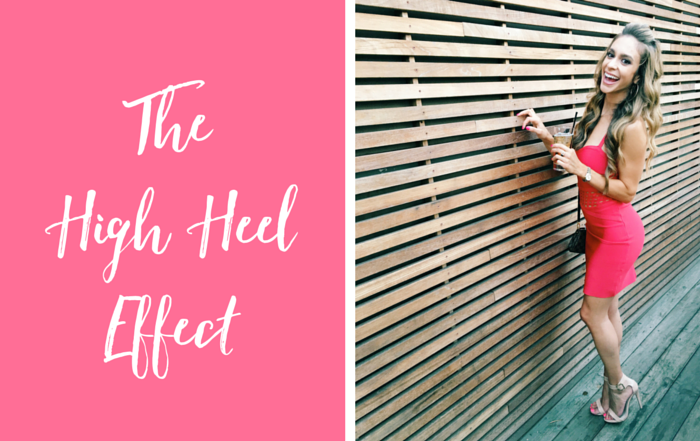
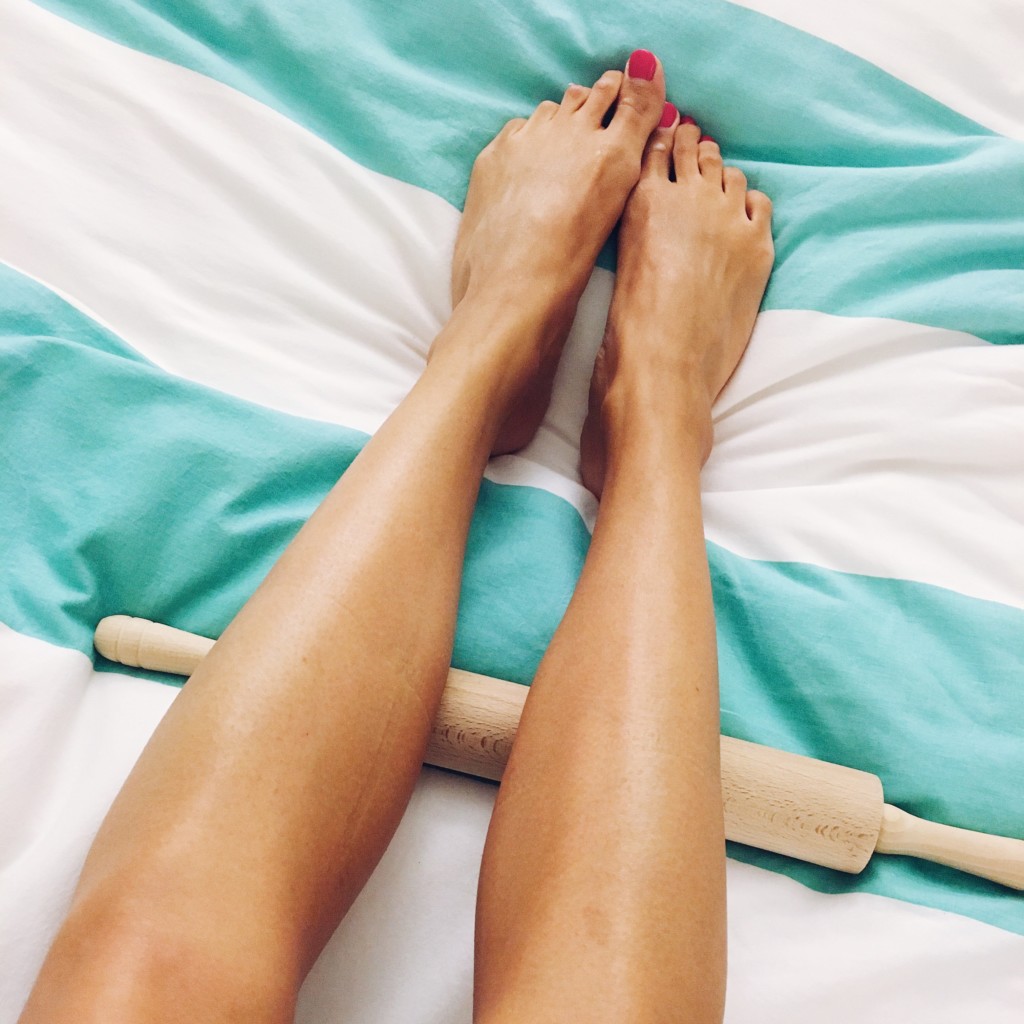
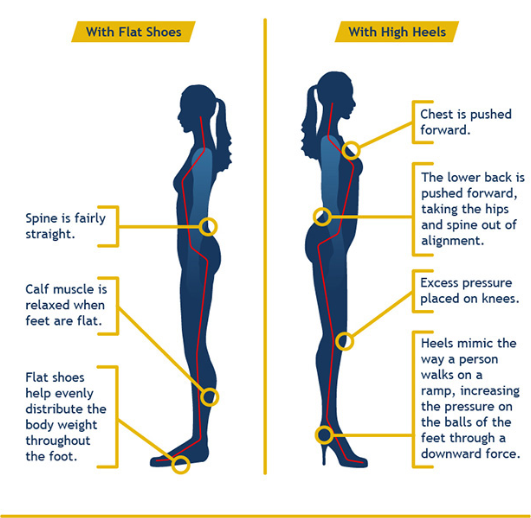

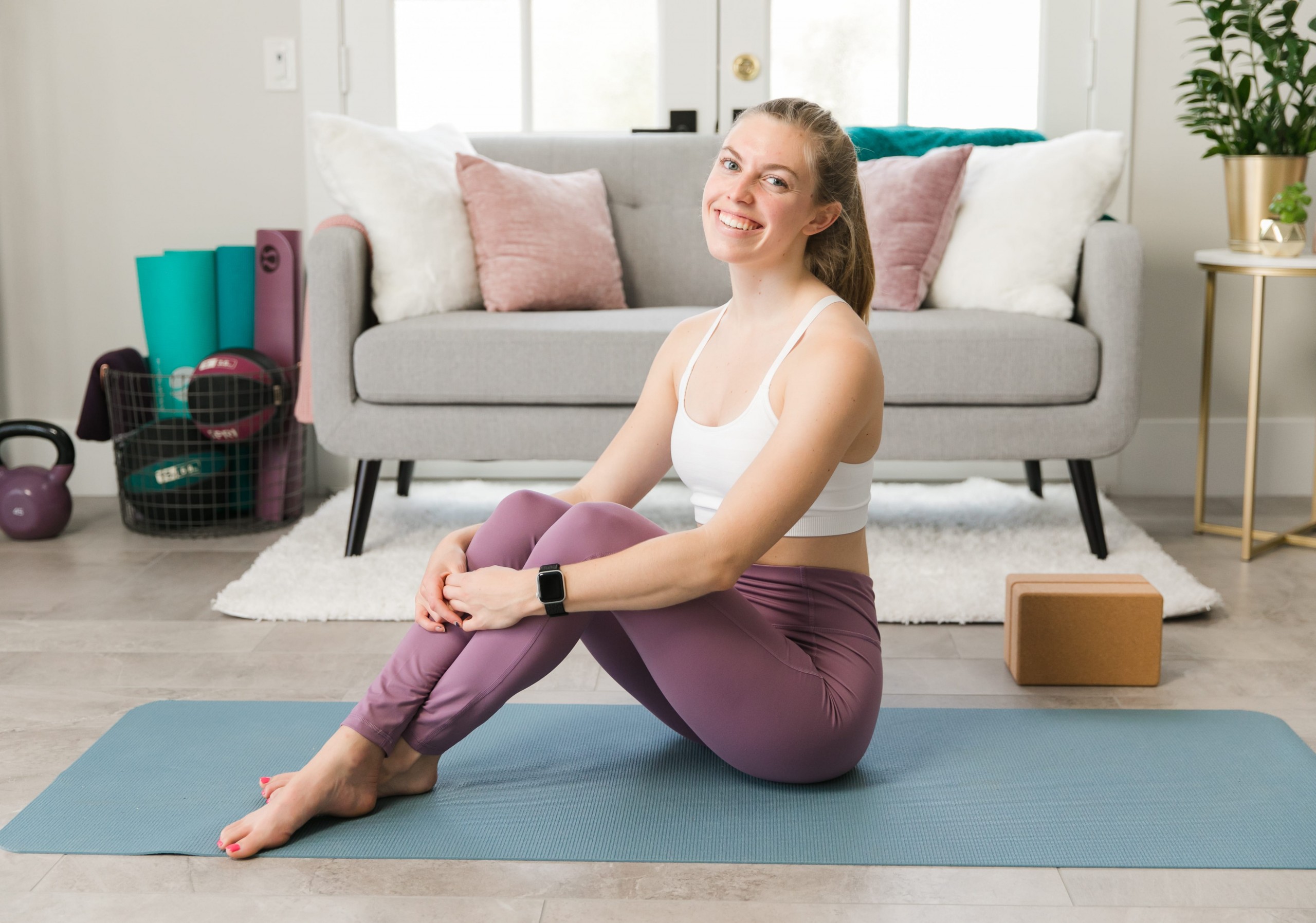
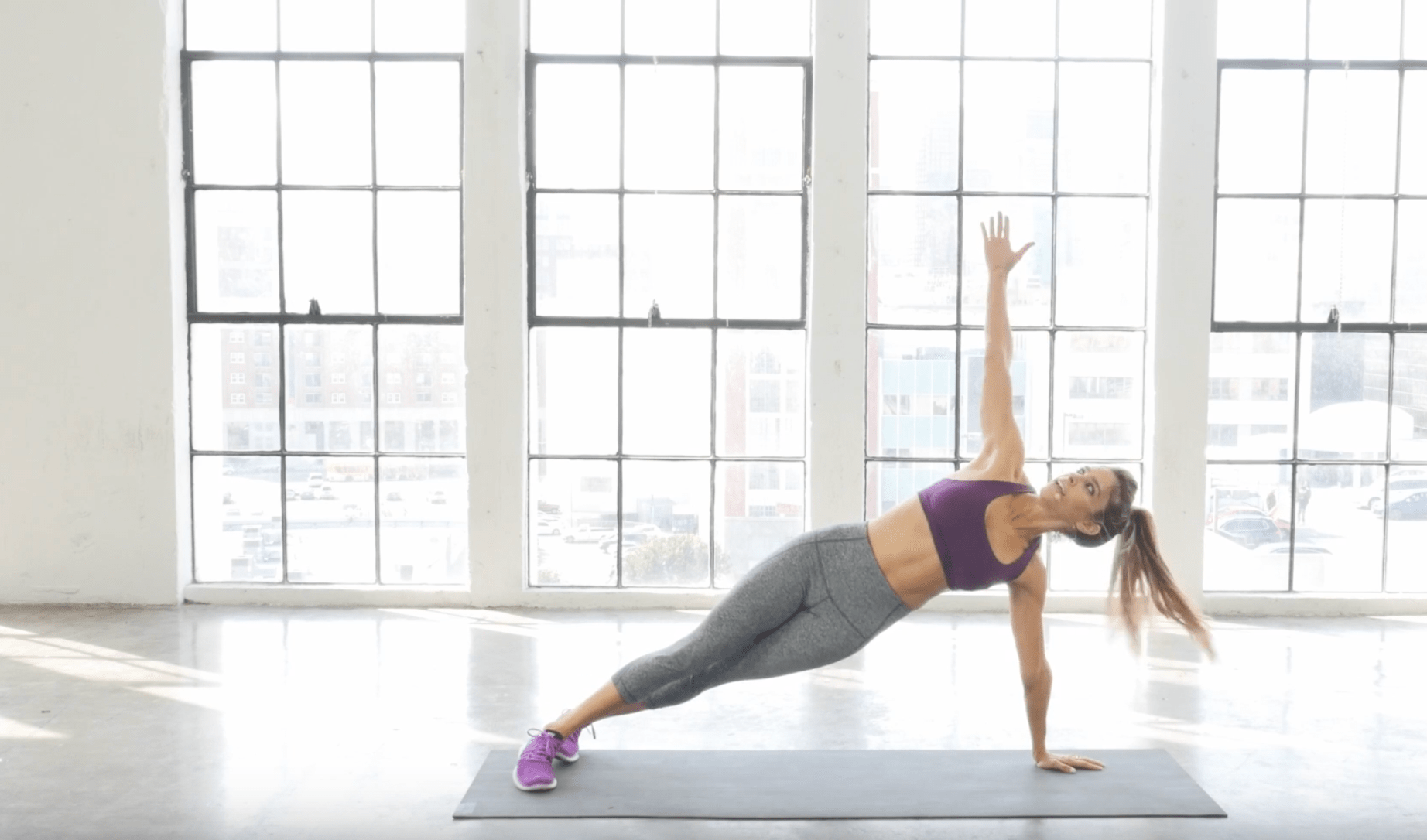
Leave A Comment